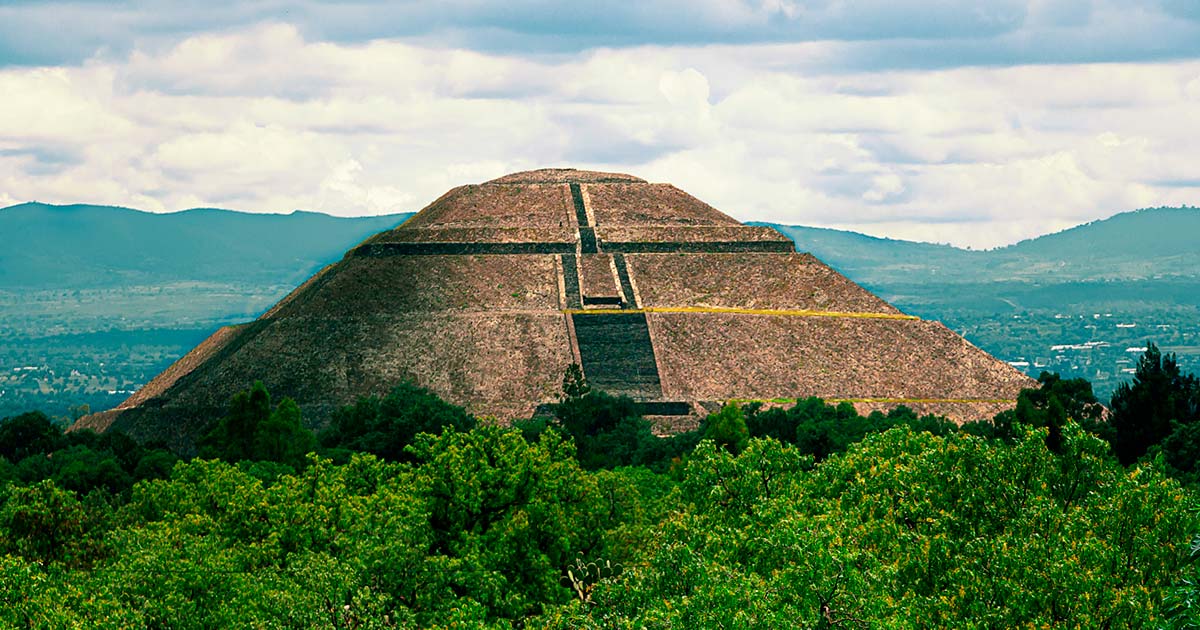Teotihuacán: The Ancient City Designed to Track Time (Video)
The enigmatic people of Teotihuacán in Mexico inhabited a city that prioritized timekeeping. This abandoned city, spanning 20 kilometers, offers insights into their unique approach to tracking time. Their remarkable pyramids, along with the sun, stars, and mountains, formed the foundation of their time measurement system. By aligning celestial bodies, the Teotihuacán people developed an accurate clock. This celestial synchronization went beyond agricultural purposes, playing a vital role in their religious practices and ceremonies. The annual spring equinox, celebrated with rituals and offerings, held particular significance in their calendar.
The city's elevated sections, featuring open plazas, raise intriguing hypotheses. It is speculated that these areas could have been filled with water to create reflective surfaces for star observation and the study of constellations. This may have influenced the city's layout based on celestial patterns. Despite the mysteries surrounding the Teotihuacán people, one thing is clear: their city was meticulously designed to capture the essence of time. While their origins, language, and ultimate fate remain unknown, the remnants of their civilization bear witness to their deep-rooted connection with timekeeping and their integration of celestial bodies into their culture.
- Archaeologists Uncover a Symbolic Code Hidden in the Crater-Filled Plaza of the Moon in Teotihuacan
- Builders of Teotihuacan Had Remarkable Knowledge of Science and Engineering
Top image: Teotihuacan, Mexico. Source: ARTURO / Adobe Stock.

















